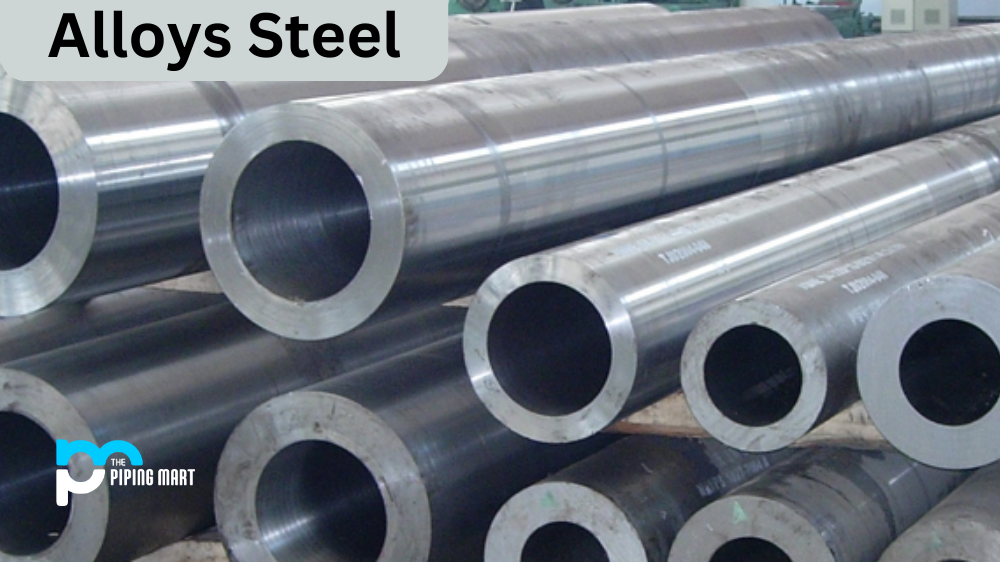Stainless steel is a highly durable and corrosion-resistant material that finds numerous applications in industries such as construction, marine engineering, automotive, and healthcare. In this steel category, grades 310 and 314 stand out for their unique properties. While both alloys fall under the austenitic stainless steel classification, they possess distinctive chemical compositions that yield varying mechanical and physical attributes. In this blog, we’ll compare stainless steel 310 vs 314 and highlight the characteristics that set them apart.
What is Stainless Steel 310?
One of the most popular types of austenitic stainless steel alloys, Stainless Steel 310, can handle high temperatures and harsh chemicals common in chemical processing and petrochemical industries. Its key features include high chromium and nickel content, giving it exceptional oxidation and corrosion resistance. Additionally, it possesses excellent weldability and ductility, making it ideal for use in applications that require forming and welding.
What is Stainless Steel 314?
Stainless Steel 314, also known as “uncommon” austenitic stainless steel, exhibits similar chemical properties to 310 but in different concentrations. With 310 containing 20% chromium and 25% nickel, 314 grades contain 23% Chromium and 19% nickel. This slight chemical variation results in a material with higher tensile strength and hardness than stainless steel 310, leading to its use in harsher environments requiring greater wear and tear resistance.
Difference Between Stainless Steel 310 and 314
Corrosion Properties
The resistance of stainless steel against corrosion is one of the most critical factors determining its suitability for applications—stainless steel 310 displays outstanding corrosion resistance, featuring excellent oxidation resistance even in high-temperature environments. Molybdenum, silicon, and vanadium in the alloy resist chlorides, sulfuric acid, and acidic substances, making it perfect for use in applications exposed to harsh, acidic environments. On the other hand, while stainless steel 314 exhibits good corrosion resistance, it does not perform as well as 310 in high temperatures and corrosive conditions.
Heat Resistance
The heat resistance of stainless steel 310 and 314 are worth mentioning. The properties of stainless steel 310 enable it to withstand high temperatures, up to 1200°C in some instances. The high chromium and nickel content provide exceptional resistance to oxidation, ensuring the material does not succumb to heat-related stresses easily. In comparison, stainless steel 314’s composition offers even better heat resistance, making it a popular choice in heat-intensive environments such as chemical processing plants.
Cost
The cost of an alloy is a crucial factor in determining its suitability for use. In general, stainless steel 310 is more affordable than 314, making it a popular choice for applications that don’t require high tensile strength and heat resistance.
Conclusion
While stainless steel 310 and 314 are from the same family of austenitic alloys, they possess unique properties that make them ideal for specific applications. The determining factors for selecting between 310 and 314 depending on the application, as parameters such as heat resistance, corrosion resistance, and strength vary from one alloy to another. Regarding cost, 310 is a more economical choice, while those requiring higher tensile and heat resistance are better suited for the 314 variant. Either way, both stainless steel alloys are excellent materials to use in a wide range of applications, and their properties make them widely recognized for their strength, durability, and versatility.

Abhishek is a seasoned blogger and industry expert, sharing his insights and knowledge on various topics. With his research, Abhishek offers valuable insights and tips for professionals and enthusiasts. Follow him for expert advice on the latest trends and developments in the metal industry.




